I live in Fort Myers Beach, a small town on Estero Island on the southwest coast of Florida. Estero is a barrier island with a long, shallow-sloping white sand beach facing the Gulf of Mexico on one side and the protected waters of Estero Bay on the other. My wife Courtney and I have a house within a few hundred yards of the beach, and after a major surgery I spent a good deal of time walking there to recuperate. I got to thinking about owning a small boat that I could hand-trolley from home and launch at the beach. Rowing would be good recreation too—like most men my age with a desk job, I need exercise.I wanted a small rowing boat light enough for me to manage by myself, large enough for the two of us, and wooden—something beautiful and interesting. Courtney, a master of online shopping, found the website for Cottrell Boatbuilding in Searsport, Maine, and there it was, the Chaisson dory.The Chaisson dory was designed as a tender and originally built in the early 1900s by George L. Chaisson of Swampscott, Massachusetts. It is quite sturdy and has a high load capacity. The 10′ dory has a rounded lapstrake hull with a small flat area on the bottom that’s perfect for beaching. Chaisson made no provisions for sailing; the boat is strictly for rowing.
Join The Conversation
We welcome your comments about this article. To include a photo with your remarks, click Choose File below the Comment box.
Comments (3)
Comments are closed.

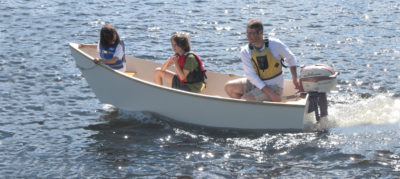
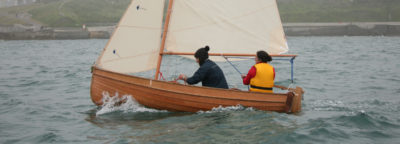
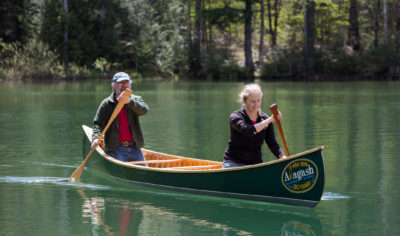
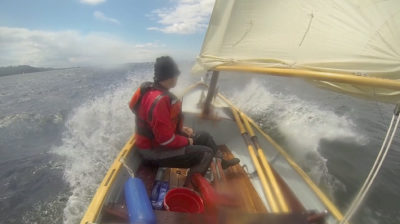
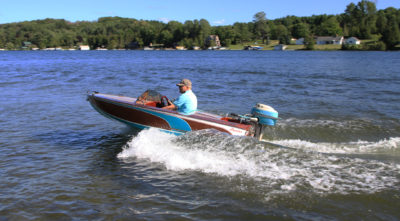
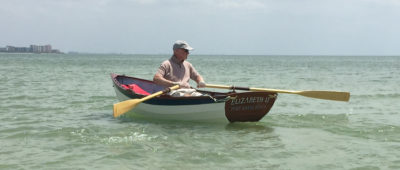
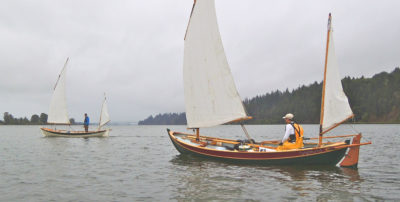
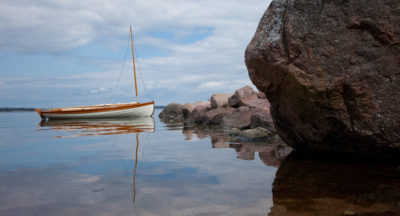
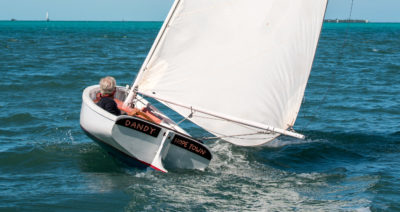

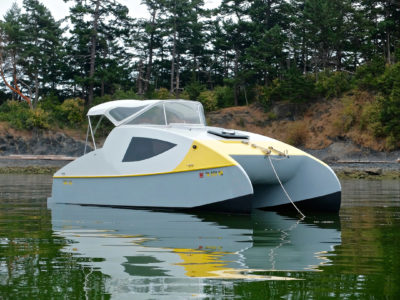

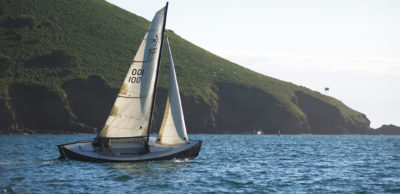
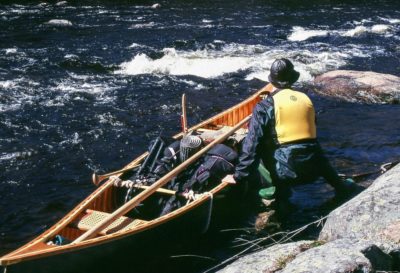

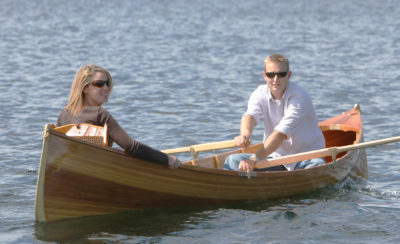
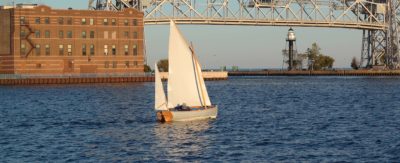

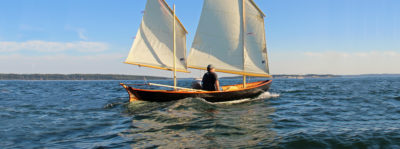
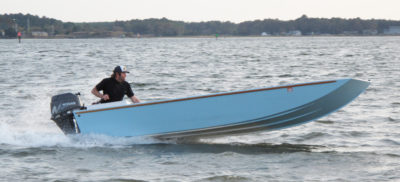
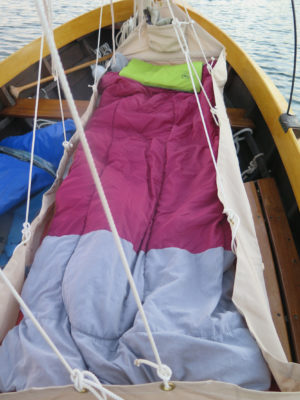



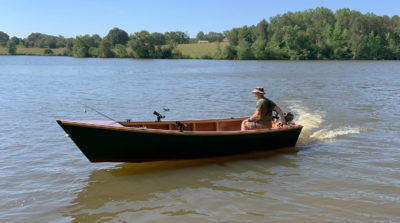
Gorgeous boat, worth more than it cost in terms of good health. Life jackets??
I have one of these dory tenders which was built traditionally at Mystic Seaport back in the 80s. I used it as a tender for my catboat and it worked very well. I carried 3 with no problem. I found it easier to row from the bow and have the passengers amidships and in the stern. You want a calm day for four. As it is a traditional build, the cleats and frames work fine as stretchers. The boat towed very nicely. I use one set of oars, sized for amidships; with long leathers and overlapping hands I have no problem rowing from the bow. I don’t have the catboat any more but still have the tender.
Here in southern New Jersey—south of Atlantic City—the lifeguards use boats based on the Seabright skiff. While they are different from your dory, they do look similar enough that how they get in through the surf may be of use to you. Rather than using oars to steer or trim, they move to the stern and use their weight to keep the bow up, drag the skeg, and by shifting their body, they can steer and trim depending on what the surf is doing. In decades of watching them use this technique, I have yet to witness one get swamped, broached, or even fail to land in the space near the lifeguard tower.